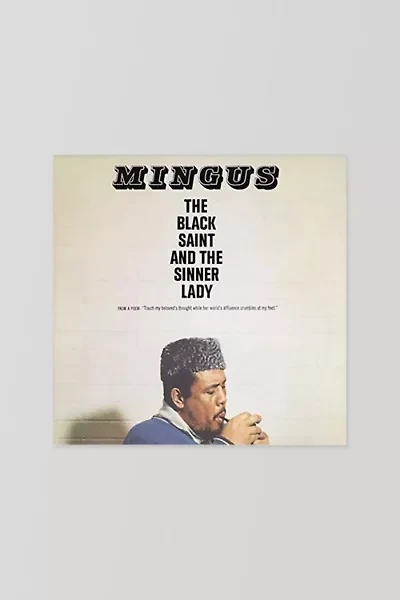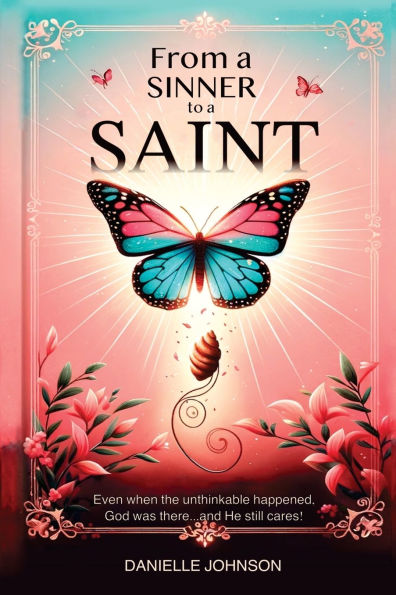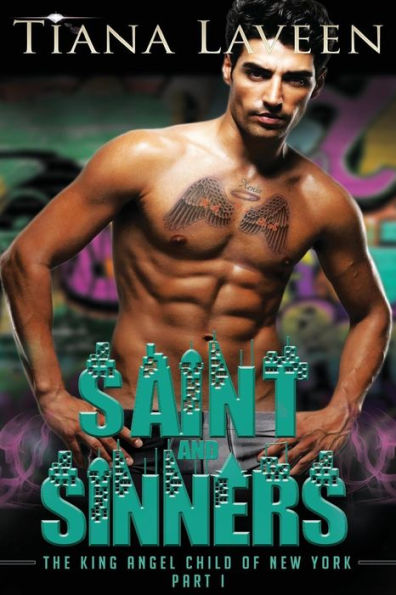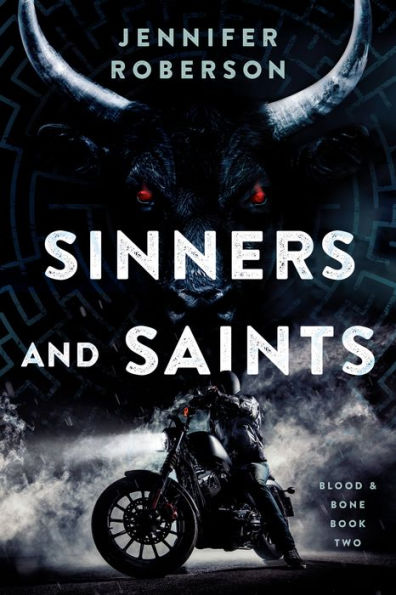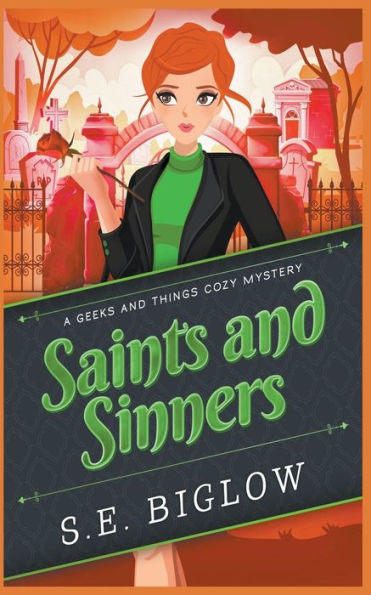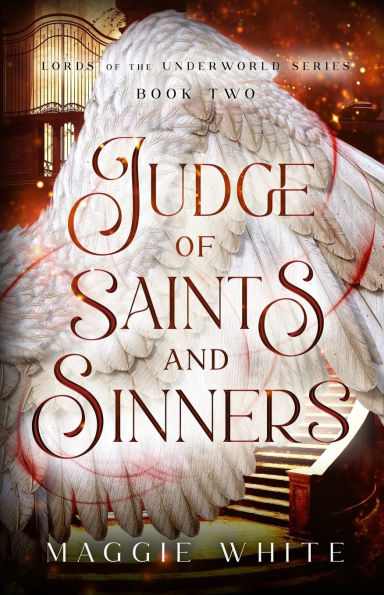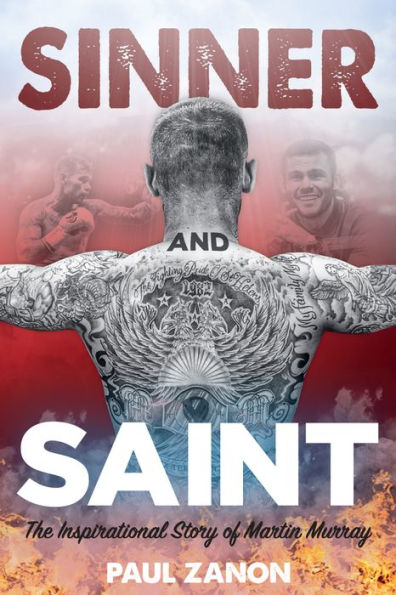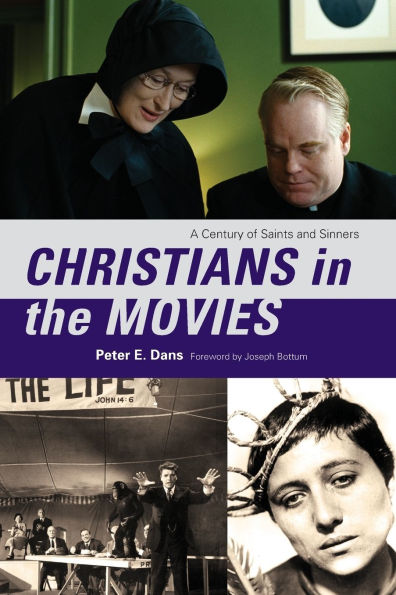Home
the Black Saint and Sinner Lady
Barnes and Noble
Loading Inventory...
the Black Saint and Sinner Lady in Bloomington, MN
Current price: $19.99

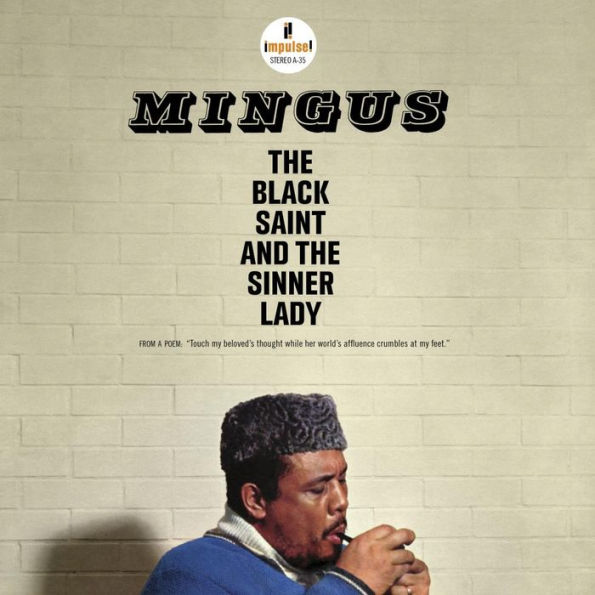
the Black Saint and Sinner Lady in Bloomington, MN
Current price: $19.99
Loading Inventory...
Size: CD
The Black Saint and the Sinner Lady
is one of the greatest achievements in orchestration by any composer in
jazz
history.
Charles Mingus
consciously designed the six-part ballet as his magnum opus, and -- implied in his famous inclusion of liner notes by his psychologist -- it's as much an examination of his own tortured psyche as it is a conceptual piece about love and struggle. It veers between so many emotions that it defies easy encapsulation; for that matter, it can be difficult just to assimilate in the first place. Yet the work soon reveals itself as a masterpiece of rich, multi-layered texture and swirling tonal colors, manipulated with a painter's attention to detail. There are a few stylistic reference points --
Ellington
, the contemporary
avant-garde
, several
flamenco
guitar breaks -- but the totality is quite unlike what came before it.
Mingus
relies heavily on the timbral contrasts between expressively vocal-like muted brass, a rumbling mass of low voices (including tuba and baritone sax), and achingly lyrical upper woodwinds, highlighted by altoist
Charlie Mariano
. Within that framework,
plays shifting rhythms, moaning dissonances, and multiple lines off one another in the most complex, interlaced fashion he'd ever attempted.
was sometimes pigeonholed as a firebrand, but the personal exorcism of
Black Saint
deserves the reputation -- one needn't be able to follow the story line to hear the suffering, mourning, frustration, and caged fury pouring out of the music. The 11-piece group rehearsed the original score during a
Village Vanguard
engagement, where
allowed the players to mold the music further; in the studio, however, his exacting perfectionism made
the first
album to rely on overdubbing technology. The result is one of the high-water marks for
avant-garde jazz
in the '60s and arguably
' most brilliant moment. ~ Steve Huey
is one of the greatest achievements in orchestration by any composer in
jazz
history.
Charles Mingus
consciously designed the six-part ballet as his magnum opus, and -- implied in his famous inclusion of liner notes by his psychologist -- it's as much an examination of his own tortured psyche as it is a conceptual piece about love and struggle. It veers between so many emotions that it defies easy encapsulation; for that matter, it can be difficult just to assimilate in the first place. Yet the work soon reveals itself as a masterpiece of rich, multi-layered texture and swirling tonal colors, manipulated with a painter's attention to detail. There are a few stylistic reference points --
Ellington
, the contemporary
avant-garde
, several
flamenco
guitar breaks -- but the totality is quite unlike what came before it.
Mingus
relies heavily on the timbral contrasts between expressively vocal-like muted brass, a rumbling mass of low voices (including tuba and baritone sax), and achingly lyrical upper woodwinds, highlighted by altoist
Charlie Mariano
. Within that framework,
plays shifting rhythms, moaning dissonances, and multiple lines off one another in the most complex, interlaced fashion he'd ever attempted.
was sometimes pigeonholed as a firebrand, but the personal exorcism of
Black Saint
deserves the reputation -- one needn't be able to follow the story line to hear the suffering, mourning, frustration, and caged fury pouring out of the music. The 11-piece group rehearsed the original score during a
Village Vanguard
engagement, where
allowed the players to mold the music further; in the studio, however, his exacting perfectionism made
the first
album to rely on overdubbing technology. The result is one of the high-water marks for
avant-garde jazz
in the '60s and arguably
' most brilliant moment. ~ Steve Huey
The Black Saint and the Sinner Lady
is one of the greatest achievements in orchestration by any composer in
jazz
history.
Charles Mingus
consciously designed the six-part ballet as his magnum opus, and -- implied in his famous inclusion of liner notes by his psychologist -- it's as much an examination of his own tortured psyche as it is a conceptual piece about love and struggle. It veers between so many emotions that it defies easy encapsulation; for that matter, it can be difficult just to assimilate in the first place. Yet the work soon reveals itself as a masterpiece of rich, multi-layered texture and swirling tonal colors, manipulated with a painter's attention to detail. There are a few stylistic reference points --
Ellington
, the contemporary
avant-garde
, several
flamenco
guitar breaks -- but the totality is quite unlike what came before it.
Mingus
relies heavily on the timbral contrasts between expressively vocal-like muted brass, a rumbling mass of low voices (including tuba and baritone sax), and achingly lyrical upper woodwinds, highlighted by altoist
Charlie Mariano
. Within that framework,
plays shifting rhythms, moaning dissonances, and multiple lines off one another in the most complex, interlaced fashion he'd ever attempted.
was sometimes pigeonholed as a firebrand, but the personal exorcism of
Black Saint
deserves the reputation -- one needn't be able to follow the story line to hear the suffering, mourning, frustration, and caged fury pouring out of the music. The 11-piece group rehearsed the original score during a
Village Vanguard
engagement, where
allowed the players to mold the music further; in the studio, however, his exacting perfectionism made
the first
album to rely on overdubbing technology. The result is one of the high-water marks for
avant-garde jazz
in the '60s and arguably
' most brilliant moment. ~ Steve Huey
is one of the greatest achievements in orchestration by any composer in
jazz
history.
Charles Mingus
consciously designed the six-part ballet as his magnum opus, and -- implied in his famous inclusion of liner notes by his psychologist -- it's as much an examination of his own tortured psyche as it is a conceptual piece about love and struggle. It veers between so many emotions that it defies easy encapsulation; for that matter, it can be difficult just to assimilate in the first place. Yet the work soon reveals itself as a masterpiece of rich, multi-layered texture and swirling tonal colors, manipulated with a painter's attention to detail. There are a few stylistic reference points --
Ellington
, the contemporary
avant-garde
, several
flamenco
guitar breaks -- but the totality is quite unlike what came before it.
Mingus
relies heavily on the timbral contrasts between expressively vocal-like muted brass, a rumbling mass of low voices (including tuba and baritone sax), and achingly lyrical upper woodwinds, highlighted by altoist
Charlie Mariano
. Within that framework,
plays shifting rhythms, moaning dissonances, and multiple lines off one another in the most complex, interlaced fashion he'd ever attempted.
was sometimes pigeonholed as a firebrand, but the personal exorcism of
Black Saint
deserves the reputation -- one needn't be able to follow the story line to hear the suffering, mourning, frustration, and caged fury pouring out of the music. The 11-piece group rehearsed the original score during a
Village Vanguard
engagement, where
allowed the players to mold the music further; in the studio, however, his exacting perfectionism made
the first
album to rely on overdubbing technology. The result is one of the high-water marks for
avant-garde jazz
in the '60s and arguably
' most brilliant moment. ~ Steve Huey
